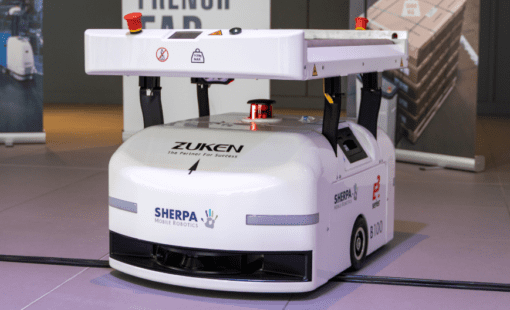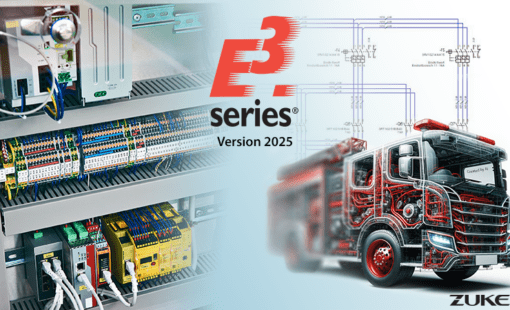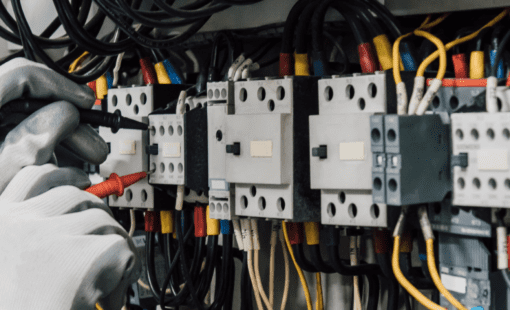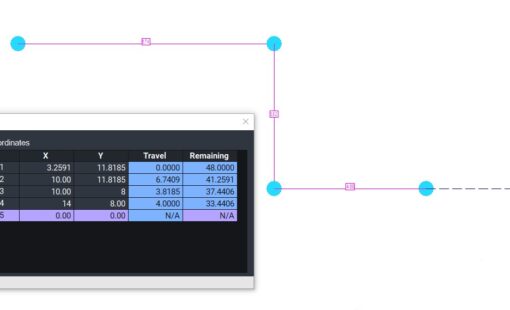While the concept of a digital twin has been around since the early 2000s, it’s only thanks to the Internet of Things (IoT) that its time has come. It was recently named one of Gartner’s Top 10 Strategic Technology Trends for 2018.
Simply speaking, a digital twin is a virtual model of a process or product, which is paired to the physical world. This approach allows the analysis of data and creates a wide range of new technical and commercial opportunities.
The implementation of a digital twin strategy is an active initiative across many industry sectors, but the automotive and transportation sectors are showing a particular interest. So why is this?
In this blog I’ll share:
- What the automotive sector has to gain from the digital twin, and a few of its challenges.
- Two key requirements for creating a digital twin for the automotive sector.

Capturing the nervous system
In the demanding task of creating a digital twin for the automotive sector, one area is often overlooked – the automobile’s nervous system of electrical wiring. The wiring system installed in today’s mid-range vehicle comes to a total wire length of 5km and has a substantial influence on weight and cost, so it is critical to any new data model.
Nevertheless, this area is lagging behind in terms of digitization and, in practice, the physical product wiring harness is still mainly defined using a 2D drawing. If we consider that the wiring system is ultimately unique due to the infinite combinations of automotive product options, and that there can be hundreds of design changes per year, you can imagine the huge challenges that still need to be overcome in order to create a 100% digital model of the wiring system.
Neutral data format
The first key requirement for digitization is a comprehensive data model. Over 15 years ago, the German automotive industry started to cooperate on a standard data format to realize an OEM-neutral data exchange between OEMs and harness suppliers. The resulting standard, VDA 4964, is known as KBL – the German abbreviation of Harness Description List. It has simplified the data exchange between different systems since 2005, and is the only accepted standard.
The working group continued their standardization work, and they have since come up with an enhanced data model that is able to describe the comprehensive wiring system of a vehicle to 100% level. This enhanced standard, VDA 4968, is known as VEC (Vehicle Electric Container) and it includes the KBL content, but adds a rich PLM model for all objects as well the overall vehicle approach (instead of KBL’s single harness view).
Everything must be digestible
VEC therefore be seen as the lingua franca for wiring systems, and it realizes a very important prerequisite for the implementation of a digital twin strategy.
However, there is another hurdle to be passed: VEC data have to be transformed to “eupeptic” information so they can be digested by all the stakeholders in the process. The complex XML structure of a VEC file makes it impossible for a user to read these data directly. In addition, the many stakeholders in an automotive wiring system process are spread across a range of different roles – there are designers, lab engineers, EMC experts, production planners, quality managers, cost calculators and more…. All of these team members need easy access to wiring system data, but they differ in the way they want to view the data.
A powerful data-viewing engine
This brings us to the second key requirements of a digital twin strategy for wiring systems – a powerful data-viewing engine. Zuken has a wiring system cockpit called E3.HarnessAnalyzer for this. In the next blog in this series, we will have a closer look at the available functionality, including the viewpoints connectivity, harness drawing and 3D topology.
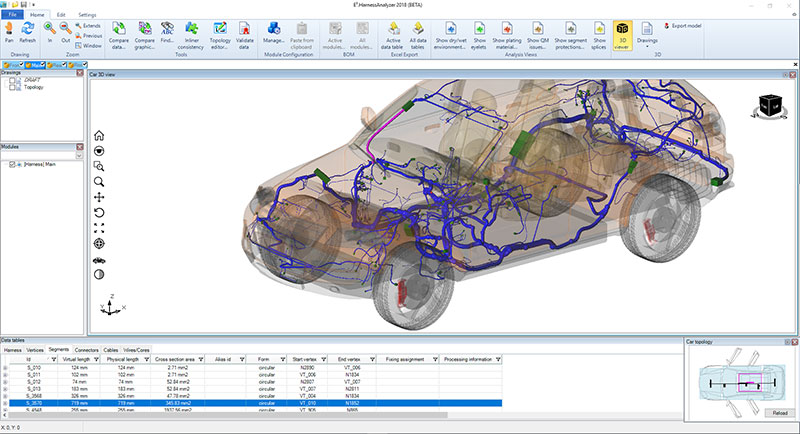
There are substantial benefits when working with a standardized data model like VEC in using a powerful tool to make these data as information-specific for all involved stakeholders. The digital model can be handled easily during the change management process, and it is straightforward to ensure that everyone has access to the latest version. Costing or planning experts can find their required inputs, do specific analysis, or export data for their individual needs.
There’s no need for me to point out then that unwieldy plots of harness drawings, which have been known to run to 50m long, will be a thing of the past in the times of the digital twin.
Watch out for the next blog in the series where I’ll talk about the building blocks of a digital twin strategy for automotive wiring systems.
Also see:
Related Content
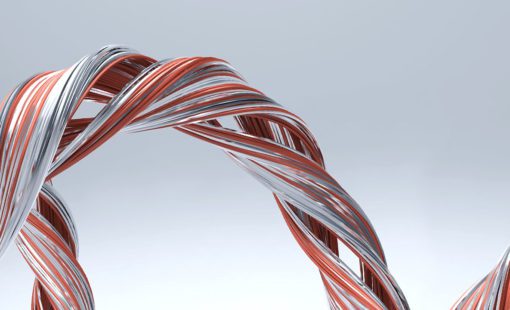
- Products
E3.series ermöglicht einen effizienten und präzisen Gestaltungs- und Fertigungsprozess für die Elektroplanung und Fluidplanung, die Kabelplanung sowie den Kabelbaum- und Schaltschrankaufbau.

- Blog
Because of its influence on weight and cost, accurately digitizing the wiring system is a priority when implementing a digital twin strategy in the automotive and transportation sectors. It’s also one of the most challenging aspects of this task.
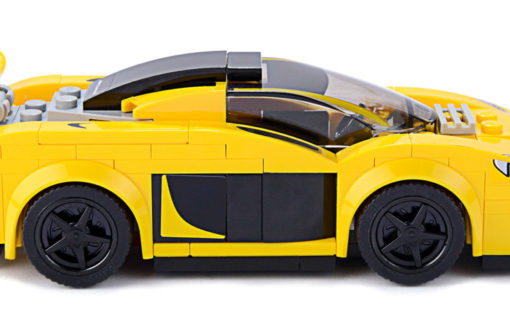
- Blog
Because of its influence on weight and cost, accurately digitizing the wiring system is a priority when implementing a digital twin strategy in the automotive and transportation sectors. It’s also one of the most challenging aspects of this task.


